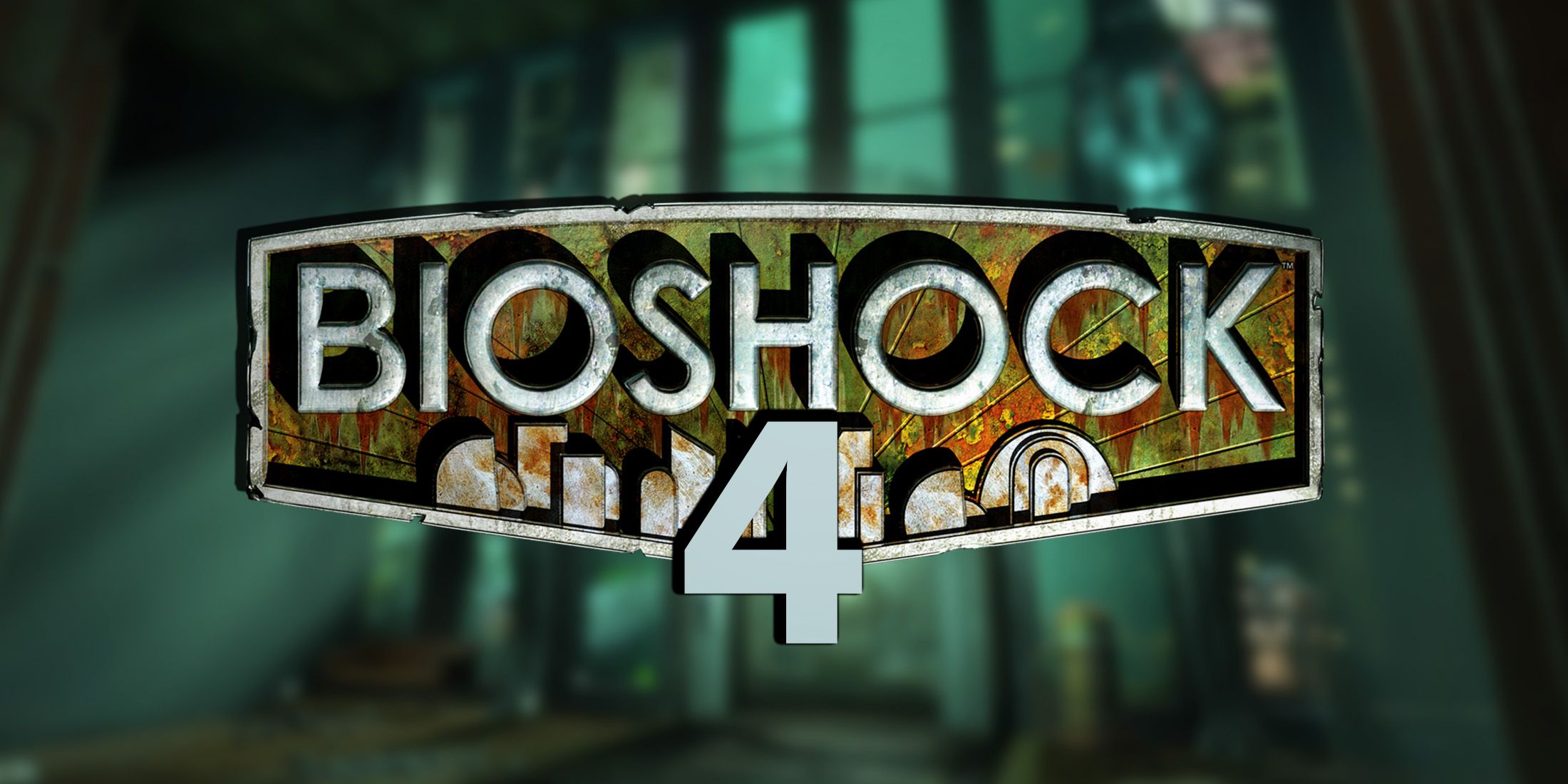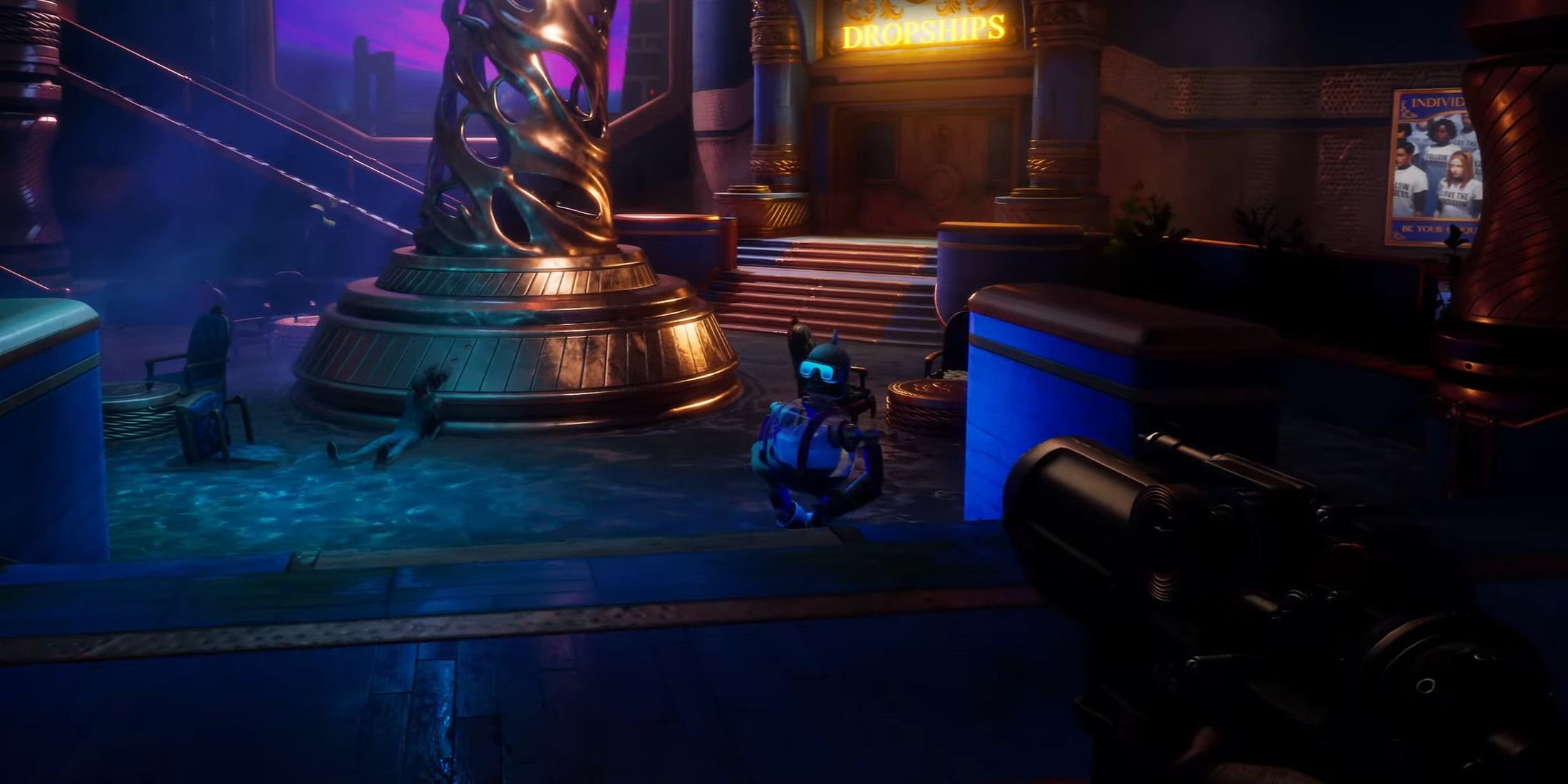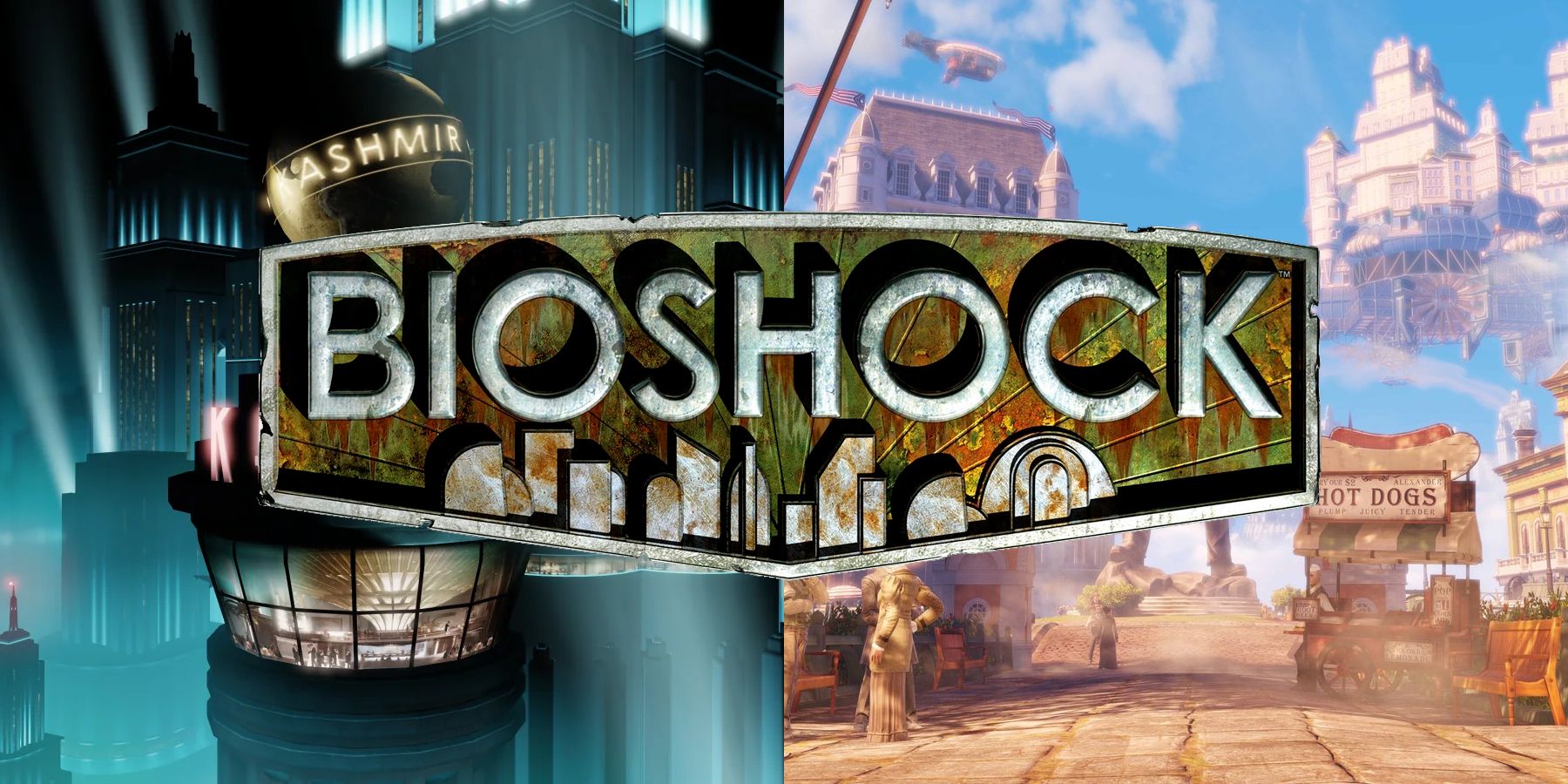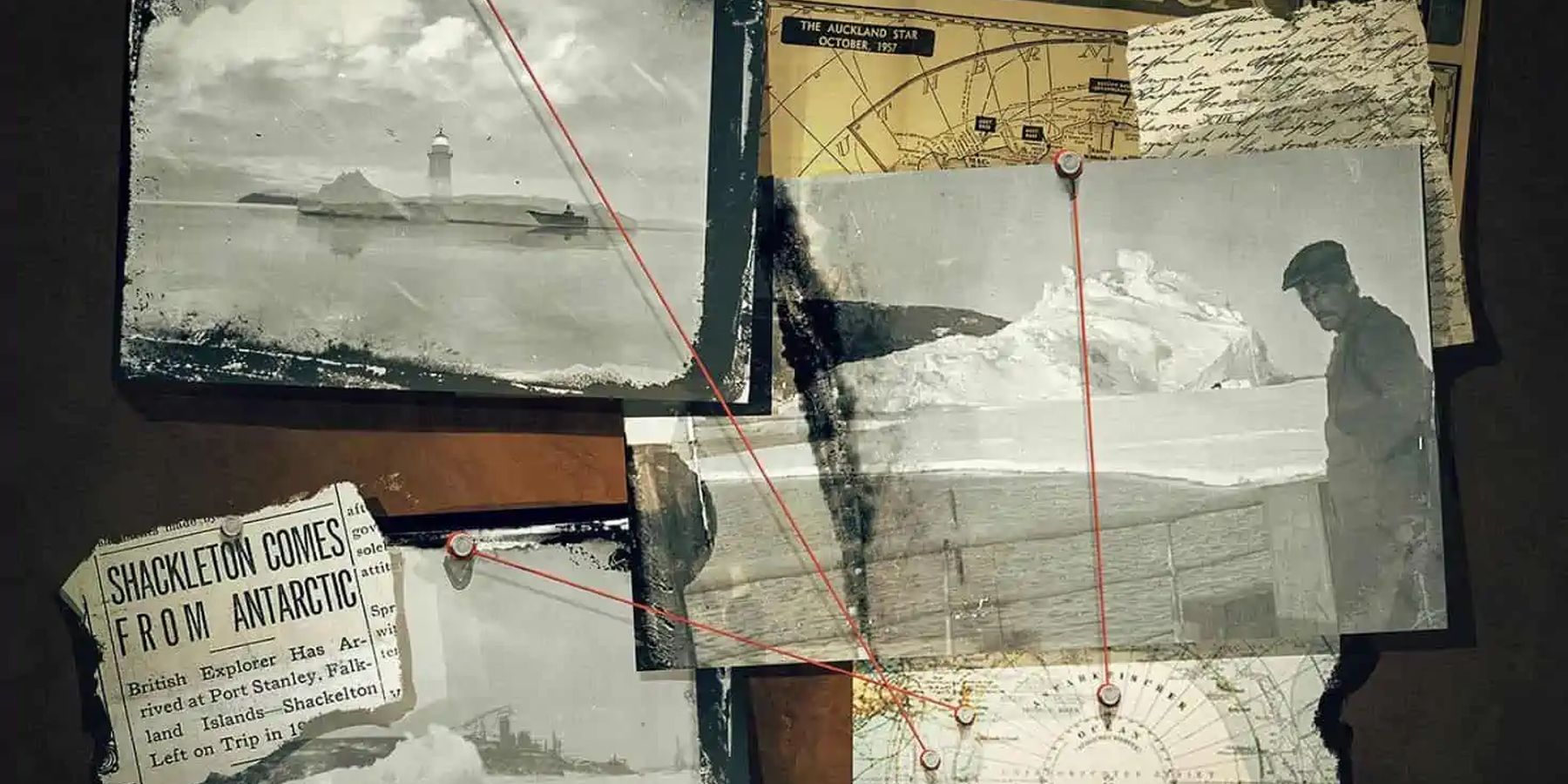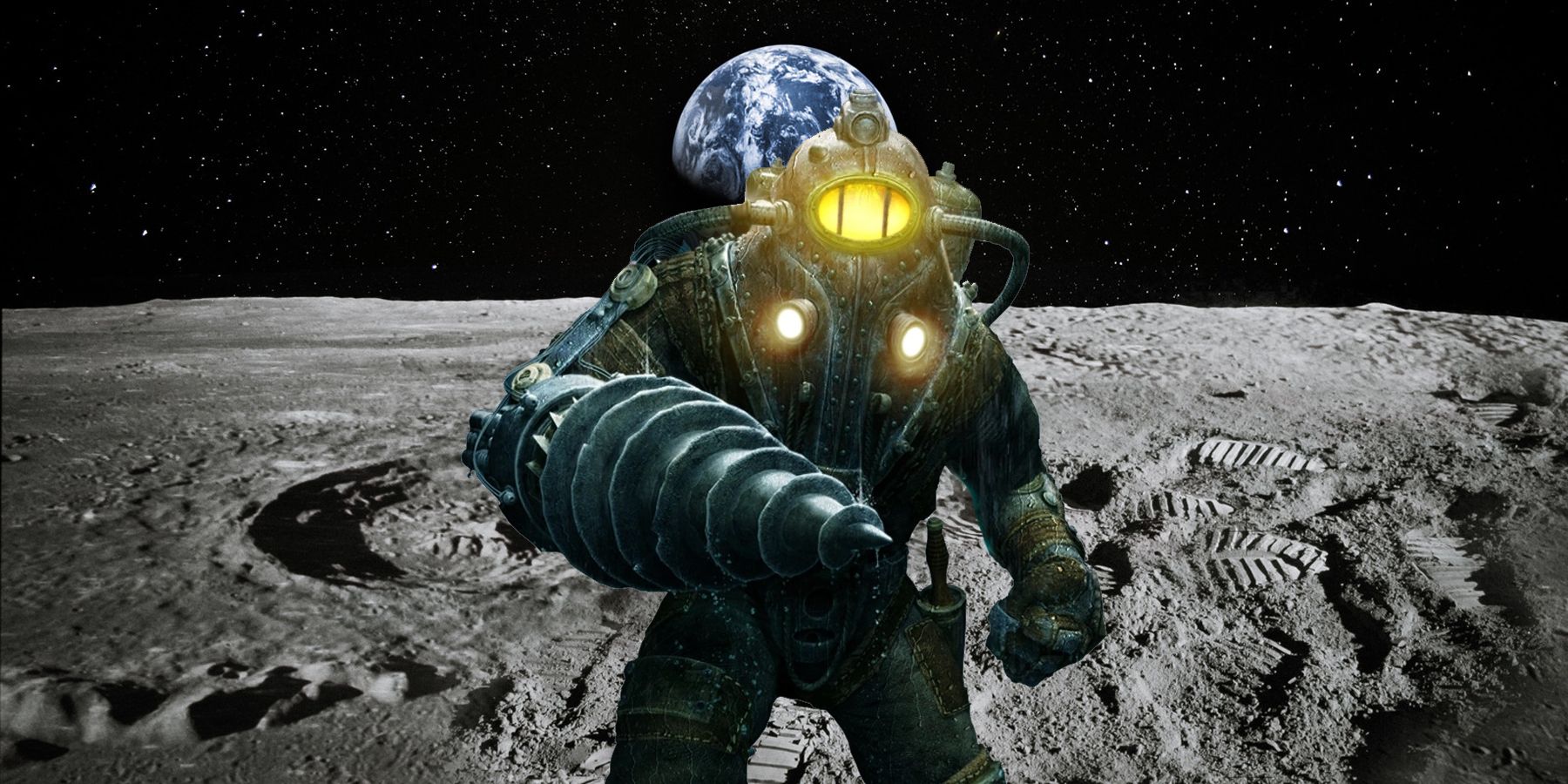With BioShock director Ken Levine helming the upcoming FPS Judas, the development of BioShock 4 falls to 2K's Cloud Chamber Studio. Helmed by former Firaxis Executive Kelley Gilmorein, the studio will really need to bring its A-game if the company hopes to live up to Irrational Games's legacy. However, official sources have been relatively quiet since the 2019 announcement, and developers still haven't officially announced the release date or even the official title for the upcoming BioShock 4.
The new game is most likely still a long way off, given reports that BioShock 4 is trapped in development hell. However, leaks and rumors from industry insiders indicate that the new BioShock will take players to Antarctica in the 1960s. There are many ways this setting could be interesting, and it definitely has great potential, but it also feels like Cloud Chamber might be passing up on an even bigger opportunity to shoot for the stars by taking BioShock to space.
BioShock 4 and Antarctica
According to multiple leaks and rumors, the new BioShock will likely release under the title BioShock: Isolation, and it will take place in the fictional Antarctic Cities of Aurora and Borealis. According to a September 2022 Twitter thread from the usually reliable Oops Leaks, BioShock 4 will be open-world and have a similar art style to Deathloop. The new game takes place in the 1960s, roughly the same period as the first two games. It will also reportedly feature survivors from Rapture.
That last detail might be good news for anyone hoping that some BioShock 2 characters might return. However, it also makes it seem like the new game will be much more tied to the original than BioShock: Infinite was. That's not necessarily bad, but it could indicate that BioShock: Isolation might be playing things a bit on the safe side.
Even BioShock 4's Antarctic setting, while relatively unique, isn't quite as fantastical as Rapture and Columbia. Sure, people have been to the sky and the bottom of the sea, but the idea of living in either place is pretty far out there. The ocean floor in particular is still dangerous, hard to reach, and mostly unexplored. To this day, explorers have only mapped about 30% of it, and it is only accessible with highly specialized craft that can resist the extreme pressure of the deep sea.
Meanwhile, Antarctica may be inhospitable but isn't nearly as mysterious or as hostile to human life. Not only is Antarctica fully explored, but numerous countries operate bases on the continent, and people travel to and from it regularly. While going to Antarctica was more difficult and less common in the 1960s, the oldest still operating Antarctic base dates back to 1903, while the South Pole research station was established in 1957.
The scientific explanations of BioShock's Rapture and Columbia require a hefty suspension of disbelief. However, the idea that both cities could say hidden needs significantly less. Cites in Antarctica may be more plausible but much harder to hide. A fundamental part of BioShock's conceit is that the games occur in closed societies that are hidden from and inaccessible to the world. Antarctica is not the most accessible place to get to, but it's still not the same as the bottom of the ocean.
BioShock 4 in Space
Space is one of the few places as inhospitable as the bottom of the ocean. A city on the Moon, Mars, or Venus would check all the boxes for a BioShock locale. It's fantastic, dangerous, and, most importantly for BioShock, isolated. A city on the dark side of the Moon would be undetectable from Earth. Meanwhile, even if BioShock 4 dropped the idea of secrecy, the distance alone is enough to create a sense of isolation. Not to mention the Moon or Mars are much more exciting locations than a frozen wasteland.
Taking place in BioShock 4's rumored 1960s setting also puts it during the height of the Space Race. This was a time of what felt like rapid technological progress and scientific advancement, and the new game could tap into the romantic image of space exploration. It also fits well with the original BioShock, where Rapture's rapid technological progress was a significant part of the setting. Additionally, it’s potently fertile ground for the kind of satire BioShock is known for, perhaps contrasting the 1960s futurism with a dash of mad science and the more sinister side of Cold War geopolitics.
The original BioShock only passingly referenced the Cold War. Rapture's welcome presentation referenced Washington and Moscow, and BioShock's villain Andrew Ryan at one point wonders aloud if the player is a CIA or KGB spy. However, a Space Race-inspired BioShock could play up the Cold War paranoia. Perhaps when things start to go wrong on the moon base, the blame falls on spies allegedly hidden among the population. As the situation deteriorates, colonists might turn on each other in an increasingly violent and paranoid witch hunt. BioShock 4 wouldn't even need monsters if every crowd might descend into a lynch mob at the slightest provocation.
The Space Race setting also offers some interesting aesthetic possibilities. Enemies in spacesuits are the obvious choice for a Big Daddy equivalent, but environment design is important too. Rapture's architecture was heavily inspired by the Art Deco movement of the early 20th century, while Irrational based BioShock: Infinite's Columbia on the 1893 Chicago World's Fair. Meanwhile, a space-based BioShock 4 offers an excellent opportunity to combine 1960's architecture with NASA technology of the same era. Maintenance and industrial areas might resemble the inside of a Gemini or Apollo capsule, while nicer sections feature linoleum floors, patterned wallpaper, and modernist architecture.
This could even tie into the Space Race theme and BioShock: Isolation's two cites concept. Perhaps there could be two competing colonies: one American and one Soviet. Soviet rockets and capsules looked pretty distinct from their American counterpart, while post-Stalin Russia saw a move toward utilitarian architecture. Incorporating these different styles could help to set the cities apart. None of this is to say the real BioShock: Isolation will be a bad game or that developers can't find a way to make the Antarctic setting work. However, not setting it in space really feels like BioShock 4 is passing up a lot of great opportunities.
BioShock 4 is in development.


